Dor Mhoineachi Rotti (Our Daily Bread), a monthly journal by Jesuits that was first put to ink in Karachi, will soon be completing 100 years of spreading its message of love and humanity
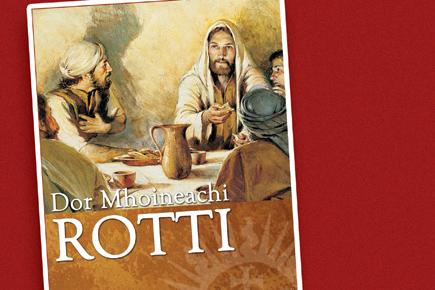
Rotti
Dor Mhoineachi Rotti has been providing succour to Jesuits across India for almost 100 years now. The unique Konkani journal traces its origins to Karachi in 1915. Now published in Goa, since 1964, Rotti, as it is affectionately called, is an extant document written in the unique dialect of Konkani (termed Romi Konkani) and is different from the mainstream language that uses the Devanagri script.
ADVERTISEMENT
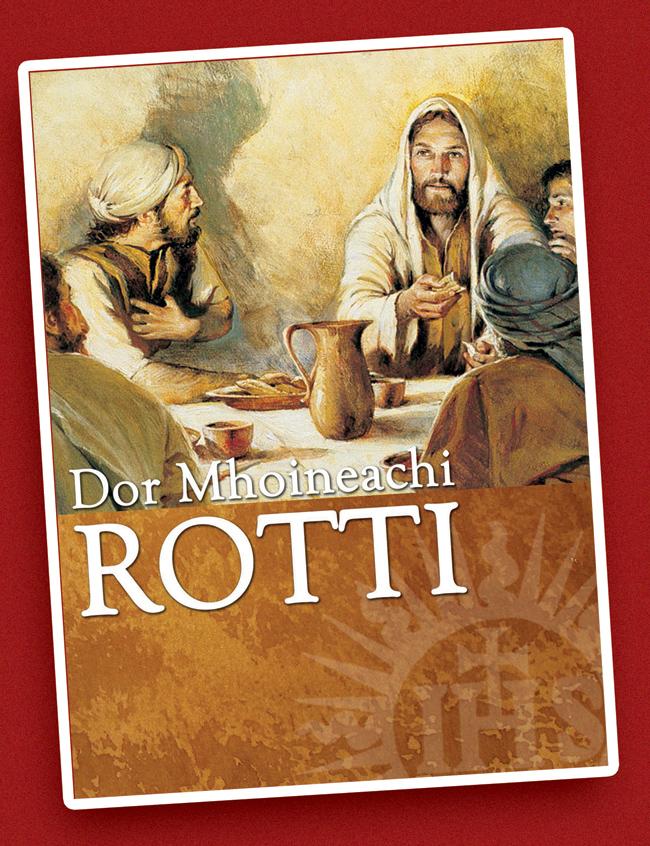
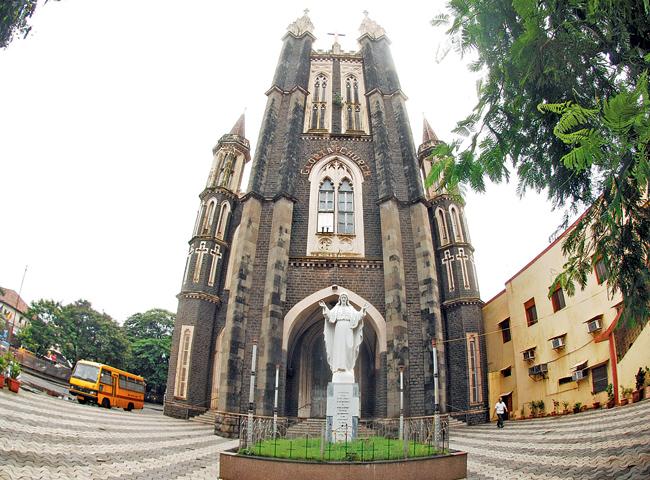
Gloria Church in Byculla was one of the initial places in Bombay from where the journal was published. Pic/Suresh KK KK
As one of the oldest surviving journals, Rotti paved its journey from Pakistan to Goa in its first 50 years, giving its niche readership illuminating interpretations of religion. Founded by Father Vincent Lobo, the journal’s beginning paid no heed to the actual geo-political boundaries of the subcontinent. In fact,Fr Lobo himself was originally from Goa, found his calling in Sri Lanka and initiated Rotti in Karachi. Thus, when in 1964 the journal’s printing travelled back to Goa, Rotti came full circle. Another fascinating fact is that the enterprising priest had set out on a mission that involved publishing the monthly in Romi Konkani, a language that he did not know himself at the outset.
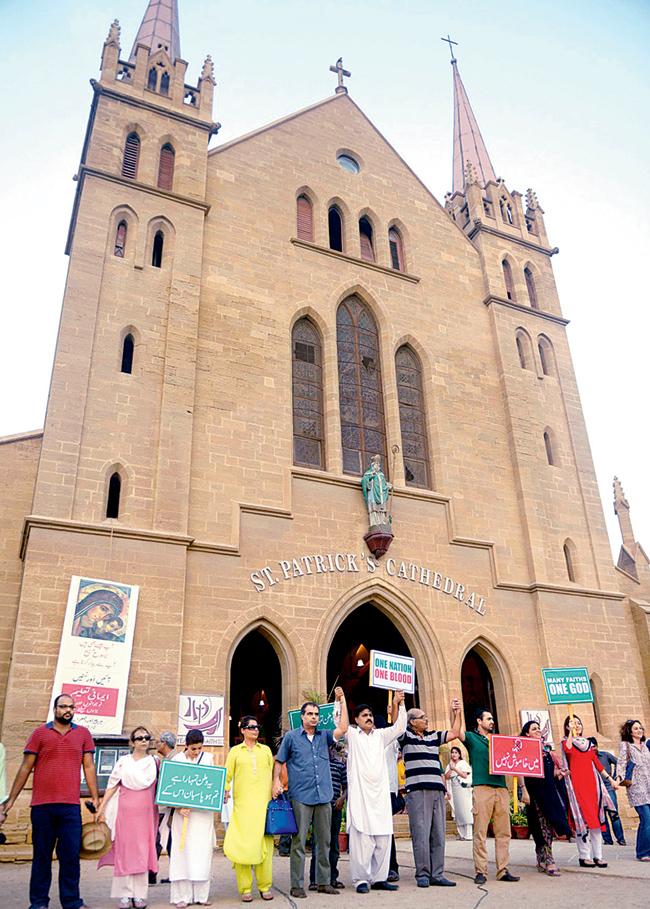
Pakistani Christians protest the car bombings at the St Patrick's Cathedral Church in Karachi in 2013. In 1915, Father Vincent Lobo had founded Dor Mhoineachi Rotti from here. Pic/AFP
Cast all your anxiety
This was the first of the many challenges, we are told by Kelwin Monteiro, a Jesuit priest who was formerly a printer and publisher of Rotti. “Down its 100-year history, the journal faced many challenges. One of the biggest challenges was the period of Partition, which made communication between these two independent nations—India and Pakistan— increasingly difficult.
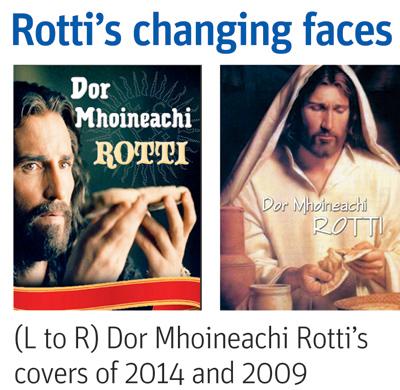
Add to that, Goa was still under the reign of the Portuguese. The publication of this magazine was done in Pakistan, while its major readership — Bombay and Goa — was in another nation. Forwarding of the subscriptions collected in Goa and Bombay to Karachi and posting of the magazines into a foreign land became increasingly challenging,” he shares.

Kelwin Monteiro was the printer and publisher of Dor Mhoineac-hi Rotti until May 2014
The trying circumstances did not deter the publication as the then Archbishop of Bombay, Cardinal Valerian Gracias transferred the charge of the journal to Bombay. This move was triggered by the realisation that by the 1940s, the journal was highly influential amongst Konkani-speaking Goans.
Midlife crisis
Thus, Rotti’s first Indian abode was in Gloria Church, Byculla and later at St. Stephen’s Church, Cumballa Hill, under the aegis of Father Elias de Souza, its fourth editor. Soon enough, another trial confronted the 50-year-old publication, as Father Elias de Souza was no more. This led to a paucity of torchbearers in Bombay that produced a four-year hiatus in Rotti’s history.
A ray of hope was found in, “Another Karachi boy Reverend Fr Charles Gomes, the then Jesuit Provincial of Goa-Poona, and later the Bishop of Ahmedabad, who had seen the fame of the historic magazine and transferred it to Goa in the hands of Fr Moreno D’Souza,” as per Monteiro.
A Goan home
Fr Moreno D’Souza dedicated 42 years of his life as substantiated by Indian scholar Sisir Kumar Das who mentions D’Souza in his book, History of Indian Literature: 1911-1956, Struggle for Freedom: Triumph and Tragedy: “Dor Mhoineachi Rotti, a Konkani monthly of long standing, patterned originally on the model of the Reader’s Digest, published from Porvorim, Bardez, Goa.”
Since 1965, ie since Rotti’s presence in Goa, the journal has never looked back. The religious journal has in fact adapted as per the times and accommodated current issues through articles on issues affecting women, children, youth, families, social justice, health and environment other than just Biblical messages.
Survival against all odds
The theme of challenges seeps back in, for Monteiro observes, “Presently, the lack of the Romi Konkani readership is the biggest challenge, especially amongst youngsters. During the days of Karachi, it was believed to have 12,000 subscribers from Karachi, Mumbai and Goa. Sadly, today, 100 years down the line, it has only 3,000 regular paying subscribers.”
One could attribute this to the struggle the language itself is facing as Monteiro shares, “Goa’s education system, which does not accept Romi script in its curriculum but only Devanagiri script is also partly responsible for creating this reality.” leaving the youth unfamiliar with the language despite the magazine having a special column for the youth.
Awards await
While Rotti remains an extant chronicler of our times, the 40-year-old Monteiro is nervous about the journal’s printing costs as Rotti does not publish any advertisements or public notices/ announcements. In a time period of 100 years, with the price of the journal shooting up from a mere Rs 1 to Rs 10 is a humble but alarming fact, given its limited readership. Yet, Dor Mhoineachi Rotti has won an award, this year, the Dalgado Konknni Institution Award 2013, issued by the Dalgado Konknni Akademi, in recognition of the contribution that the monthly periodical has rendered towards furthering the cause of Romi Konkani.
Rs 1 was the cost of an issue of the journal when it started publishing
Rs 10 is the current price of a monthly issue of the journal
 Subscribe today by clicking the link and stay updated with the latest news!" Click here!
Subscribe today by clicking the link and stay updated with the latest news!" Click here!






